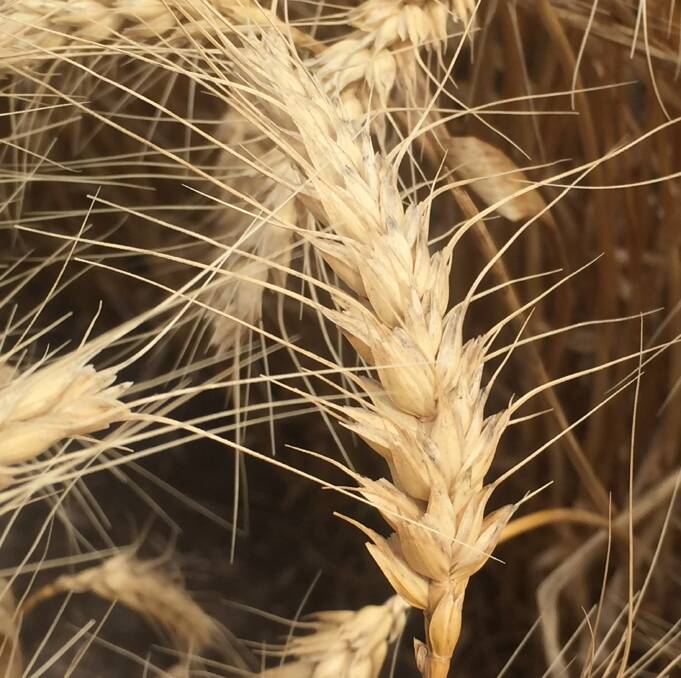
WORLD grain markets have closed the gap on the strong, drought-driven values on offer in Australia, firming considerably on the back of concerns about supplies from key grain exporting nations and projections for the first year on year drop in global wheat production since 2012.
Commonwealth Bank commodity analyst Tobin Gorey reported last week that Chicago and Kansas futures exchanges had posted their highest wheat price gains for a month late last week, while prices for Russian wheat have also edged higher.
He said Russian wheat, traditionally the lowest cost option into key markets such as North Africa, was now less competitive than European wheat into Africa, with speculation the Russian government will impose an export duty to ensure domestic supplies.
And pricing may now mean Western Australian wheat can be competitive into African and Middle Eastern markets, in spite of prices in WA helped by demand from the Aussie east coast.
There is general unease at the lack of wheat globally, Russia and Ukraine are well down year on year in terms of production and the EU has just taken off its smallest crop for six years.
An International Grains Council (IGC) report issued last week pegged world wheat production for 2018-19 at 737 million tonnes, up 8m tonnes since its November forecast but still down a whopping 30m tonnes year on year.
The IGC said the drop will mark the first decline in world wheat production in six years and it is 8m tonnes below IGC’s forecast for world wheat consumption, which the organisation set at a record 745m tonnes.
This has seen a fall in world wheat ending stocks, set at 263m tonnes, down 7m tonnes year on year.
In terms of new crop fundamentals Peter McMeekin, Grain Brokers Australia, said there were issues with winter wheat in Europe and North America in particular, due to concerns about a lack of snow cover.
However, he said crops in eastern Europe and Russia had excellent cover and regarded as being in good condition.
Meanwhile, macro-economic issues are also having an impact in the grains sector.
The US-China trade war continues to be monitored closely, while there were wire reports last week that the diplomatic spat between China and Canada, over Canada’s arrest of a senior executive of Chinese company Huawei, may be influencing protein meal prices.
The report suggested China may be looking for alternatives to Canadian canola meal, meaning higher values for substitute products such as soymeal, which rose 3 per cent last week.
However, veteran international grain commentator Dave Hightower said in his recent report that he believed it would be grain industry specific fundamentals, rather than macro-economic issues, that were the main driver of pricing in 2019.
In terms of currency, Mr Gorey said both the Euro and the Aussie dollar had been weak in the past week, with the Euro falling to near 18 month lows.
Australian east coast grain futures on the ASX were at $432 a tonne early this week.


